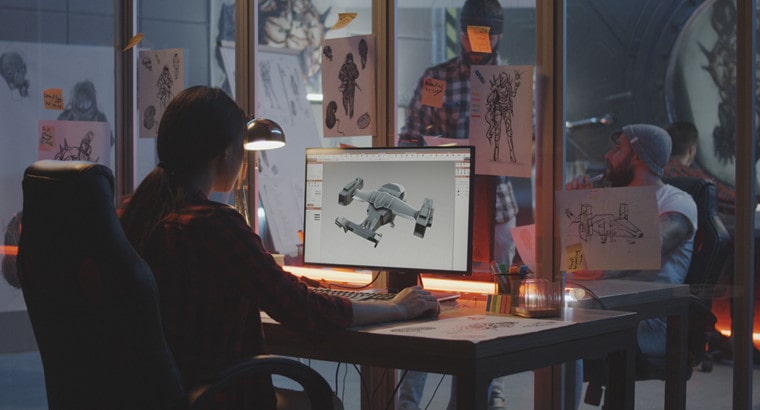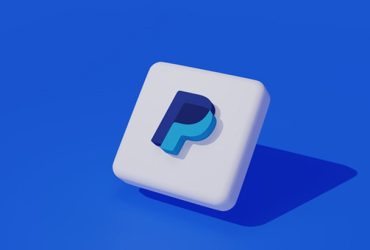Are you an aspiring game developer and looking for 3D art services that can give life to your ambitious project? Are you confused and not sure where to look?
Developing a game can be complex, especially when it comes to 3D art. Without proper 3D art services, your game will look generic. It’s important to bring out the uniqueness, style and identity of the game in every element including its artwork, which is why getting the right 3D art services is key.
3D art outsourcing services by Moonmana can take your game development journey from acceptable to amazing. Fortunately, there are plenty of options to choose from if you know what to look for. In this article, we will provide an introduction to outsourcing 3D art services, so you can make informed decisions on how best to move forward with your project.
Advantages of Outsourcing 3D Art Services
3D art and animation is becoming increasingly important for businesses, with online sales and marketing efforts relying heavily on these images. Although it can be tempting to do the work in-house, there are several advantages that come with outsourcing 3D art services. Here’s a look at some of those benefits.
- Access To Qualified Professionals: When you outsource to a professional 3D art team, you’re instantly gaining access to professionals who have the skills and experience necessary to produce high-quality results. An outsourced 3D art service can also help streamline the process of getting 3D animations done due to their expertise in the field.
- Cost Effectiveness: Outsourcing a 3D art team can often cost less than hiring an internal employee. This is especially true if you’re only needing certain projects done periodically rather than having someone dedicated full time (or part-time) to producing 3D animations.
- Get Quality Results: By partnering with a skilled professional or agency experienced in creating high-quality visuals, you’ll be able to confidently trust that your projects will be completed accurately and on time while maintaining good quality standards throughout the project.
- Time Savings: Most outsourced teams know the industry standards that are expected with animations so they’ll probably complete tasks faster than someone doing it all themselves – allowing you more time for other aspects of your project or business endeavors.
- Latest Technologies: Outsourcing your 3D projects will give you better access to new technologies as well as updated versions of software used for production without investing a large amount of money upfront into purchasing them yourself. This ensures that your organization stays competitive within its industry and market using cutting-edge technology solutions customized for its specific needs.
- Increased Focus On Your Core Business: If you outsource your 3D projects, then this will free up resources which can be focused on developing products or launching campaigns related to what’s most important for growth – i.e., core areas such as research & development, customer service etc.. This increased focus makes it easier for organizations to achieve their desired outcomes at a rapid pace while being cost effective simultaneously – something that would have been difficult if these tasks were performed internally under tight deadlines.
What Types of 3d Art Can You Outsource?
3D art is becoming more and more popular with advancements in technology, and many businesses have been leveraging 3D art as part of their marketing strategies. But just as important is finding the right 3D artist to make your vision come to life, and outsourcing it can often be the most efficient way to get specialized 3D art made.
- 3D modeling
3D modeling refers to the process of transforming a 2D sketch into a three-dimensional object within a digital environment. This type of work requires a high level of technical skill and involves an understanding of software tools like Blender, Maya or 3DS Max. The final product can then be viewed in full 3D with lifelike textures, colors, materials and lighting applied. It is typically used for product design, animation and architectural designs where intricate details are required.
- Virtual Reality (VR) Content Creation
Creating VR content is slightly different from creating traditional 3D modeling which is static in nature, whereas VR content needs to be interactive. Virtual reality content creator needs to not only create objects but also thoughtfully place them based on user interaction within the environment that mimics how things work in real life — all done via scripting languages like JavaScript or C# for Unity Engine.










